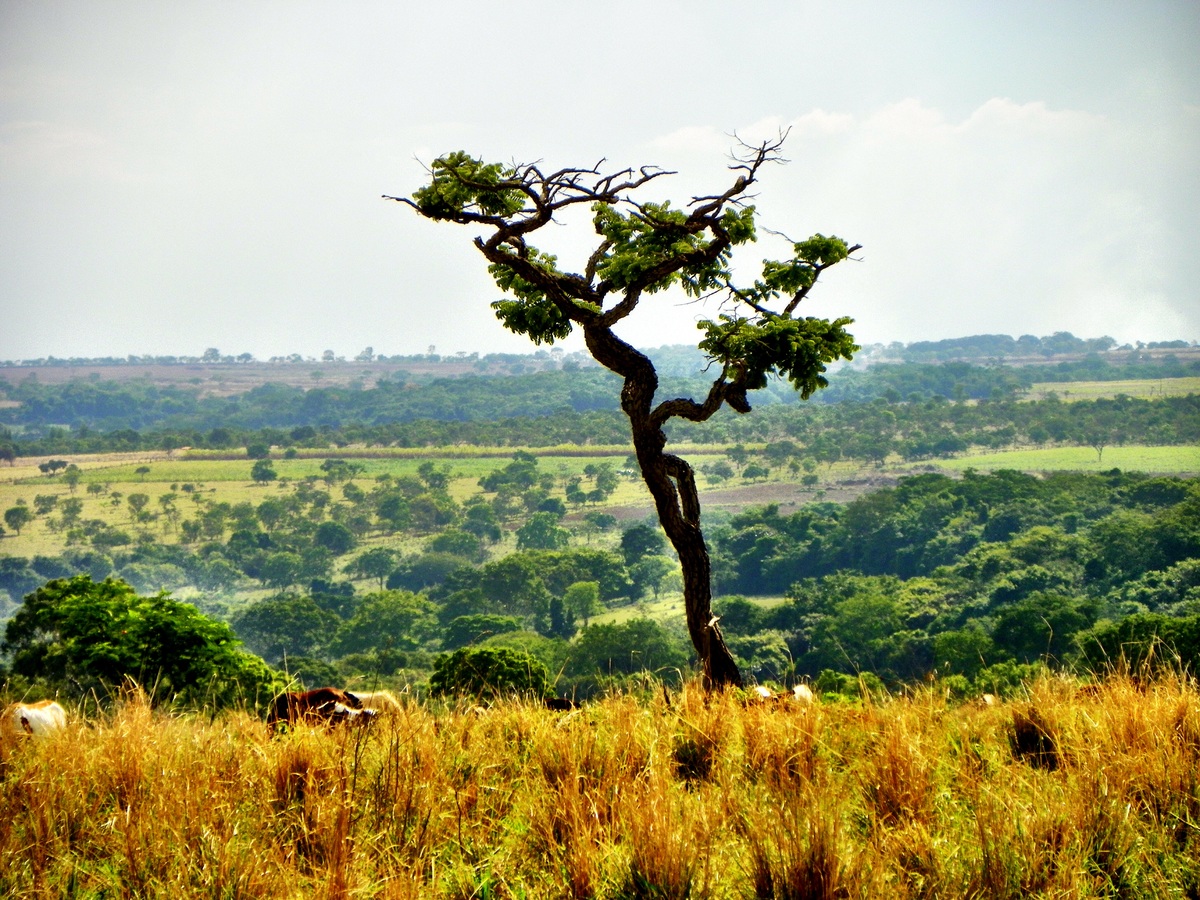
Climate change, deforestation, the introduction of other species to the natural environment, fires caused ... There are several reasons why there are many plants in danger of extinction in the world. Although it may seem to us that the situation of the plant kingdom is not as dramatic as we are told, the reality is that only in Spain there are 1373 species of vascular plants included in the Red List of the International Union for the Conservation of Nature.
And that's a lot. Too much. Each plant fulfills a very important function in its natural habitat. For example, trees provide food and shelter for birds, and posidonia creates a perfect place for fish as they can live their lives in relative tranquility. So, it is necessary to know which plants are in danger of extinction. So next we are going to show you 8 of them.
Giant hoop
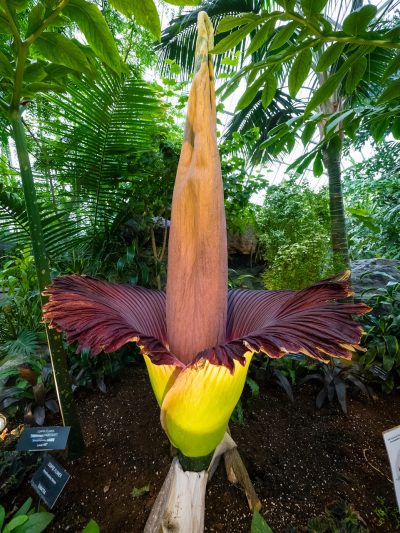
The giant ring, also known as the corpse flower, is a tuberculous plant whose scientific name is Amorphophallus titanum. It can reach a height of 3 meters, and from its tuber sprouts a single stem up to 1 meter long with a single leaf. It blooms only 3-4 times in the forty years it can live, and when it does, a spadix-shaped inflorescence sprouts that will remain open for three days. Its aroma is not pleasant at all, but it is so great that when it comes out, it is quite a spectacle.
That is precisely one of the reasons why it is in danger of extinction. The extraction of its tubers and then selling them for little makes it disappear from the Earth. At the moment, deforestation and its slow growth put it at risk again.
Flamboyán
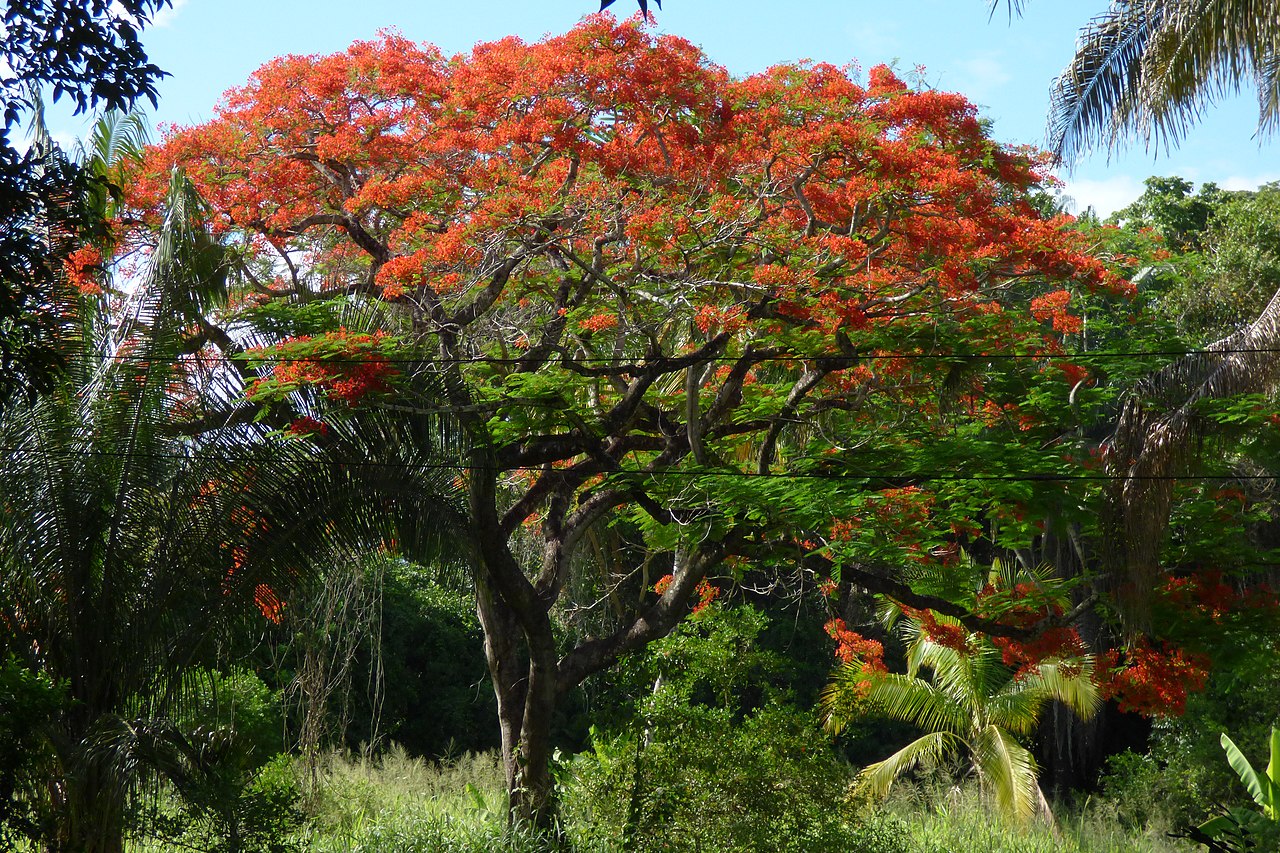
Image - Wikimedia / Alejandro Bayer Tamayo from Armenia, Colombia
The flamboyan or flamboyant, whose scientific name is Delonix direction, is a deciduous, semi-evergreen or evergreen tree (depending on the climate) endemic to the dry deciduous forest of Madagascar. It reaches a height of up to 12 meters, and is characterized by developing a magnificent parasol crown composed of pinnate leaves. In spring, red or orange flowers of up to 8 centimeters in diameter sprout. Its fruits are legumes up to 60 centimeters long, which contain numerous elongated seeds 1 centimeter long.
While it is one of the family trees Fabaceae most cultivated in the tropical and subtropical regions of the world, in their country of origin they are in danger due to loss of habitat as a result of deforestation.
Jade green flower
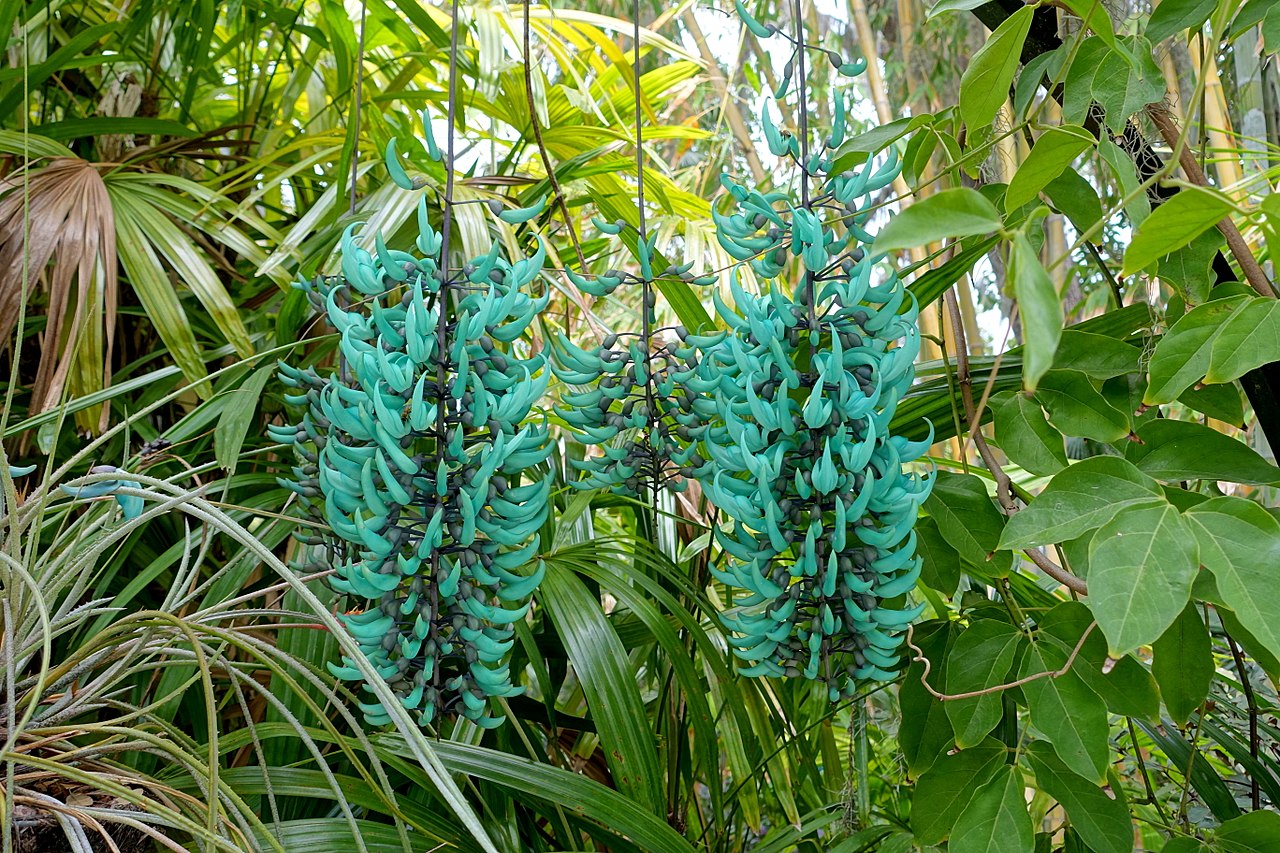
The green jade flower, also known as the emerald vine, is a perennial climbing plant whose scientific name is Strongylodon macrobotrys. It is native to the humid forests of the Philippines, where we will find it next to streams. It can reach a height of up to 18 meters, and its leaves are trilobed. The flowers are blue-green, and are grouped in hanging clusters of up to 3 meters.
This spectacular plant is in danger due to loss of habitat. Deforestation is wreaking havoc where you live.
Narcissus longispathus
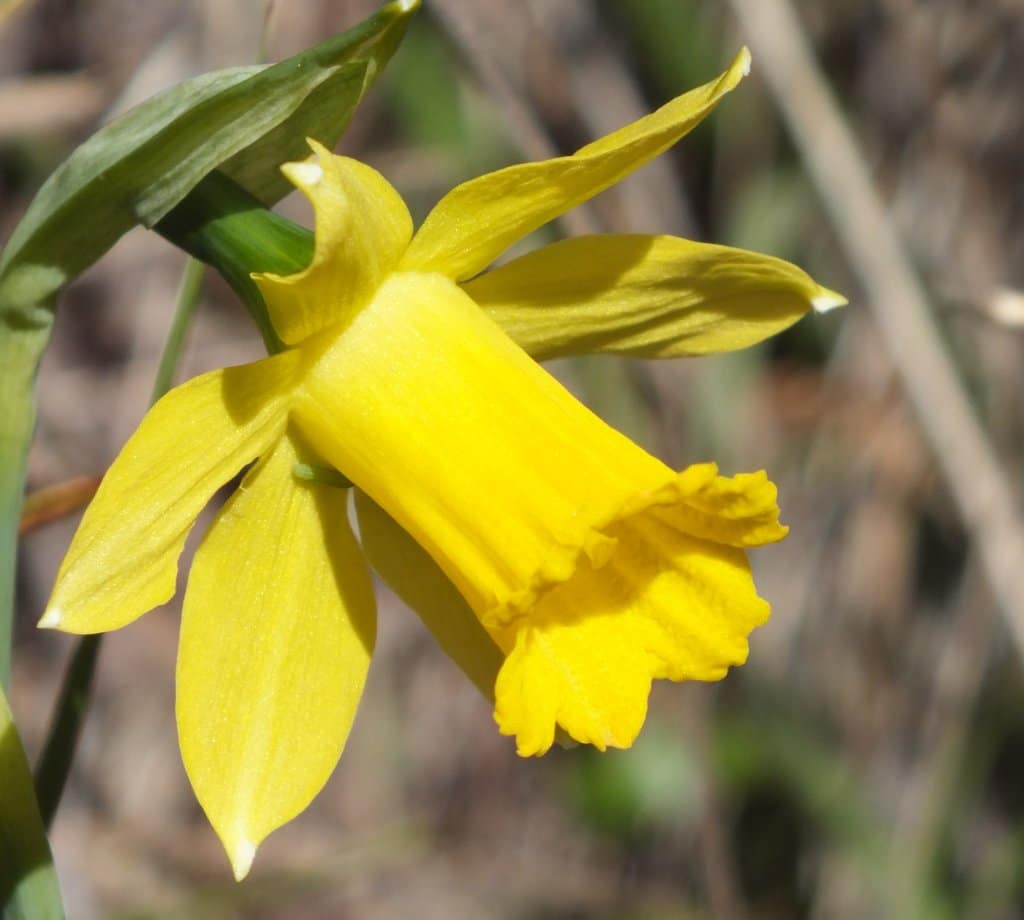
Image - Wikimedia / Juandiegocano
El Narcissus longispathus It is a bulbous plant endemic to Spain, specifically Eastern Andalusia. Its natural habitat is rivers, where it lives very close to them. Its leaves are tapered, green, and sprout in spring. Soon after the flowers appear, which are yellow.
Habitat loss is their biggest threat. The advance of the human towards lands that until then had not been destined for the construction of houses, is putting it in serious danger of extinction.
Peyote
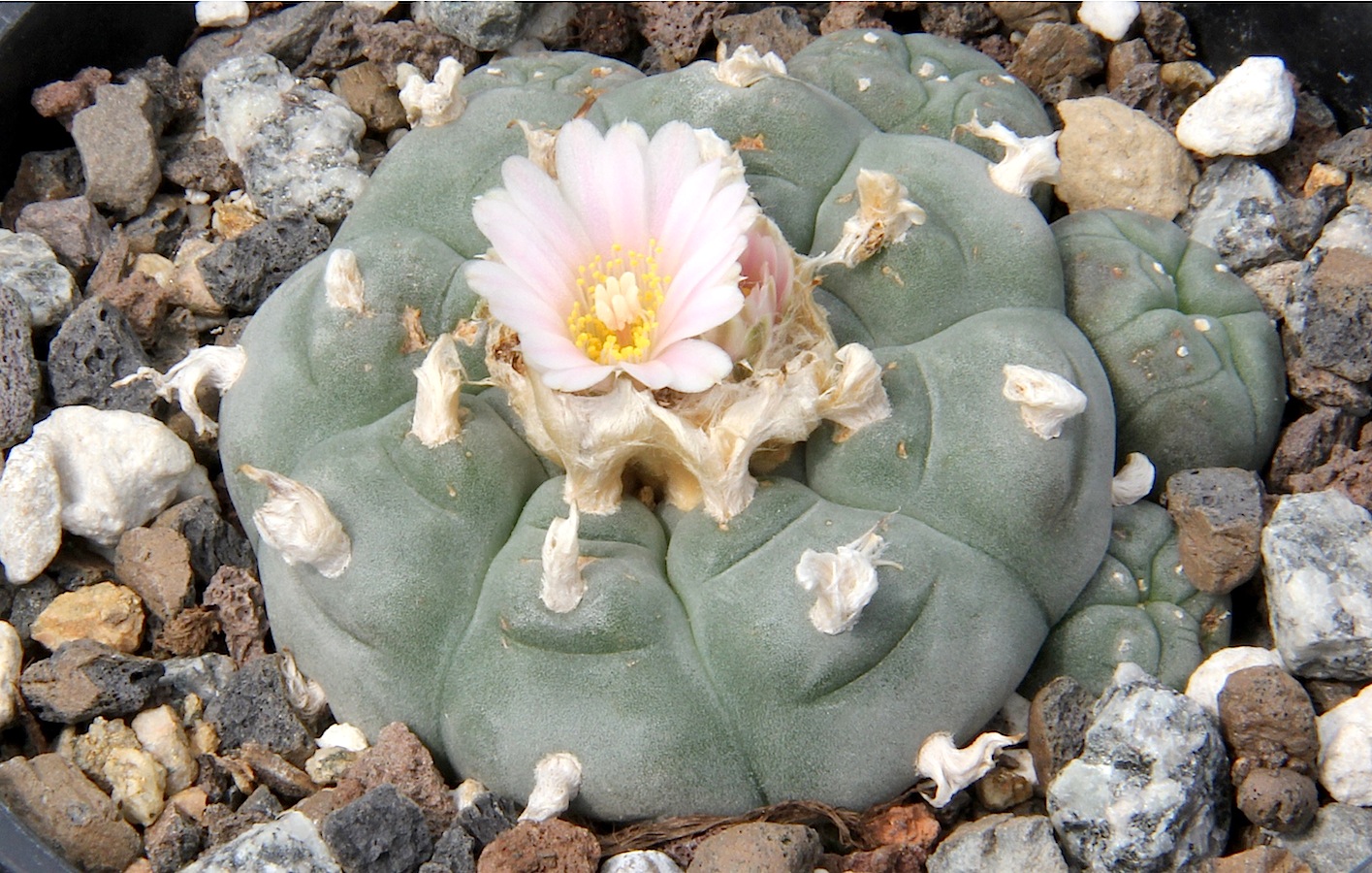
Image - Wikimedia / Peter A. Mansfeld
Peyote is a cactus whose scientific name is Lophophora williamsii. It is endemic to Mexico, where it lives in the desert regions. It has an almost spherical and flattened stem, about 12 centimeters in diameter by about 5 centimeters high. During the spring it produces pale pink flowers, which emerge from the center of the plant.
It is a species that has been used and is still used today for its alkaloids, especially in psychedelic psychotherapy and meditation. Therefore, in its natural habitat it is increasingly difficult to find it.
posidonia oceanic
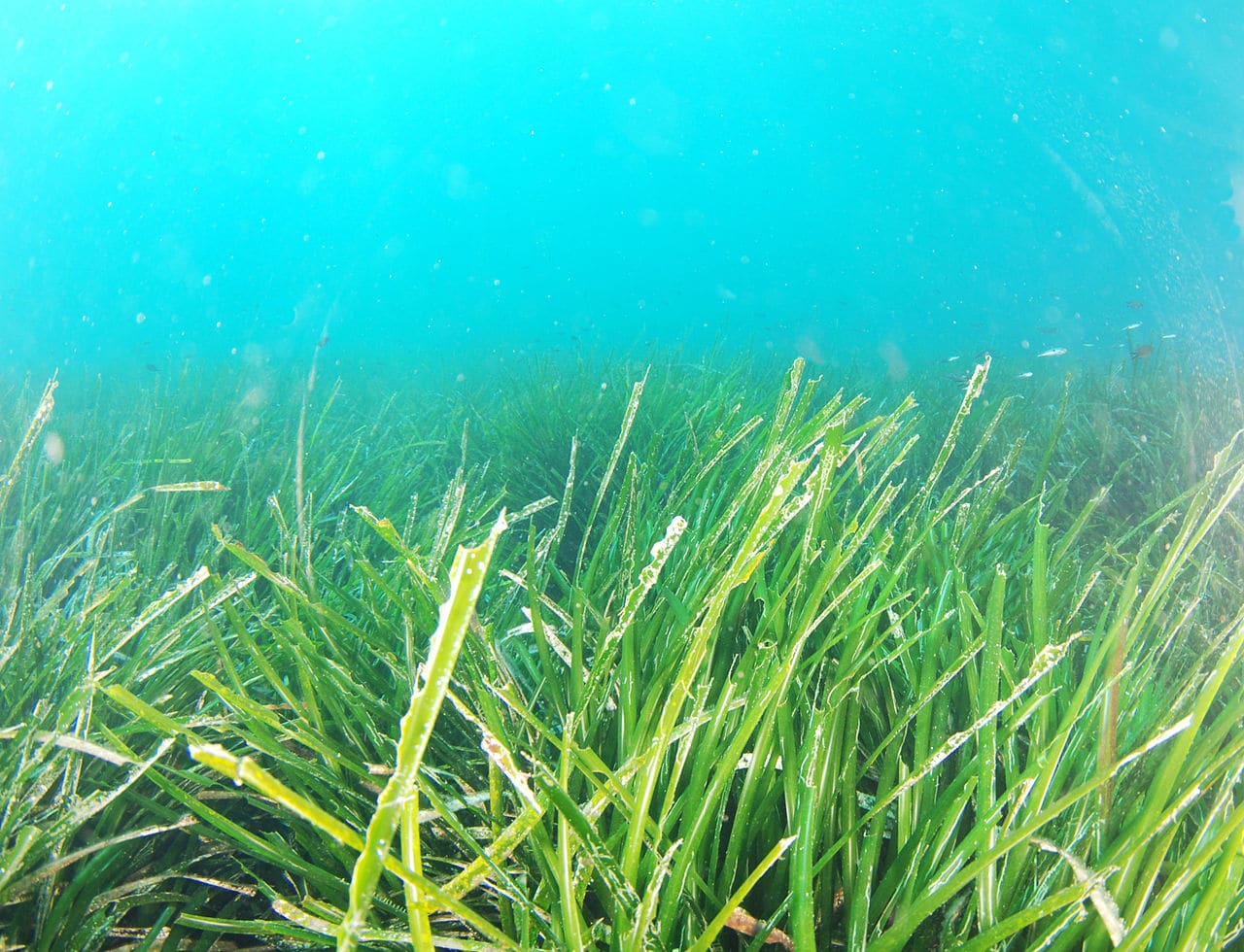
Image - Wikimedia / albert kok
Posidonia, whose scientific name is Posidonia oceanica, is an endemic aquatic plant of the Mediterranean Sea. It is characterized by developing ribbon-like leaves up to one meter long, which sprout from stems with rhizomatous roots. It grows very slowly, and is always found in groups of 6 to 7 individuals. It blooms in autumn, and in spring its fruits known as sea olives ripen.
It is in serious danger due especially to the moorings, which are often carried out on their populations, as well as pollution.
Saguaro
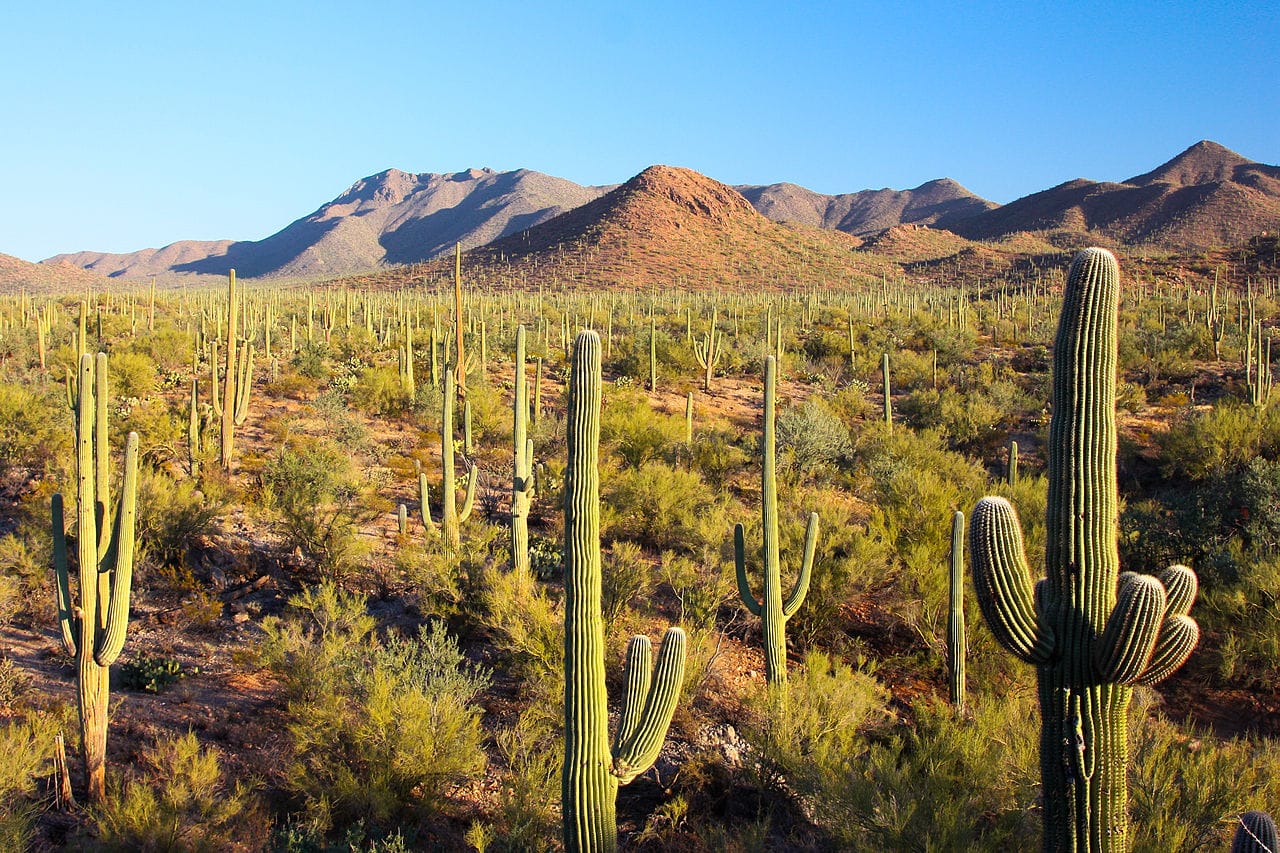
Image - Wikimedia / Joe Parks from Berkeley, CA
The saguaro or giant thistle, is a columnar cactus whose scientific name is The giant carnage. It is endemic to the Sonoran Desert, and reaches a height of up to 18 meters and with a diameter of about 65 centimeters. Its stem is erect, well protected by thorns between 3 and 7 centimeters long, especially during its youth. The flowers sprout in spring, they are white, 12 centimeters in diameter and nocturnal (they open at night). The fruit is red and edible; in fact, it is highly prized by bats.
Your problem is that has a very, very slow growth. It takes at least 30 years to reach one meter in height, and not always enough seeds germinate so that there may be a specimen that reaches adulthood. That, added to global warming and the increasing scarcity of rain, makes their situation worrying.
Sarracenia leucophylla
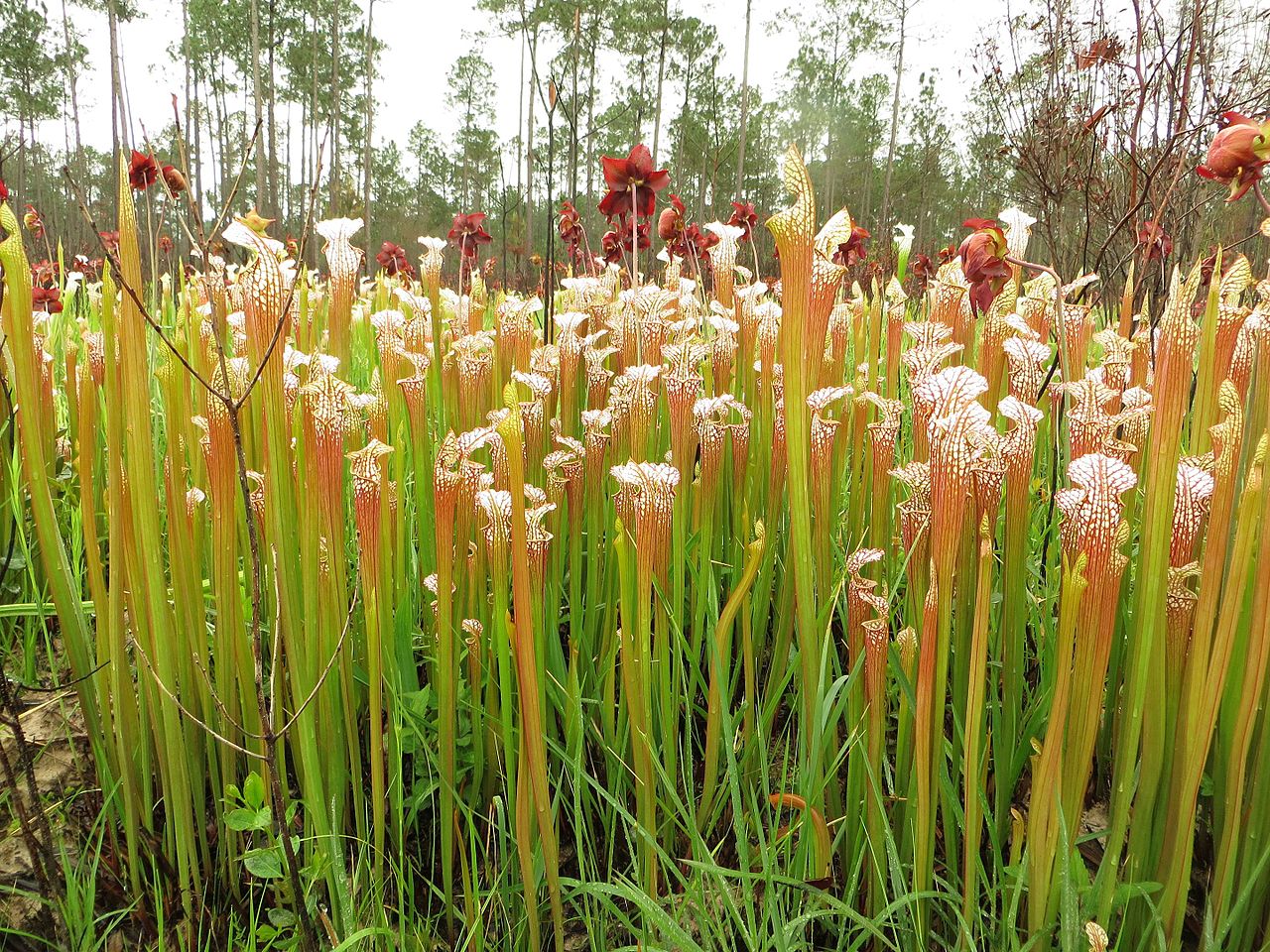
La Sarracenia leucophylla It is a carnivorous herbaceous plant native to Florida, specifically west of the Apalachicola River. It develops leaves turned into tubular traps of highly variable colors, among which green predominates, and with a height of between 30 centimeters to 1 meter. Crimson flowers bloom in spring.
Although it is well known and cultivated by collectors of carnivorous plants, it is in danger of extinction in its habitat.
Human beings change the world to their liking, taking into account their needs. But he is increasingly distancing himself from nature, ignoring, perhaps because he does not care or because he has forgotten, that he is just one more 'piece' of this great puzzle that is Planet Earth. If this continues, it is certain that the list of plants in danger of extinction, drawn up by the International Union for Conservation of Nature, will continue to grow.